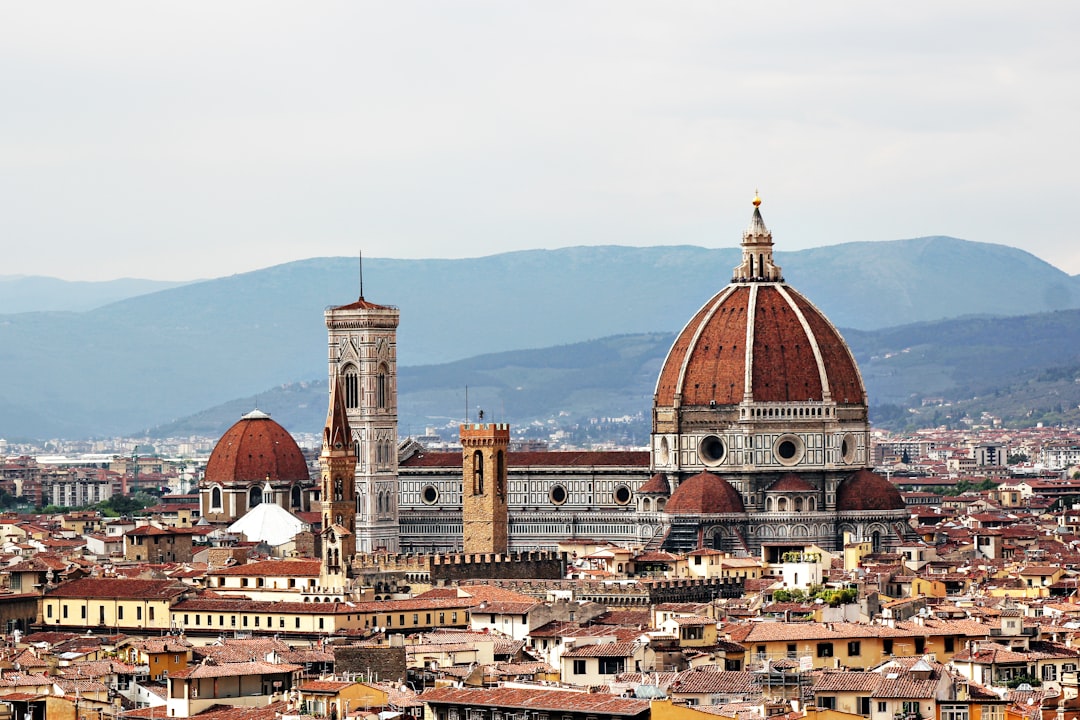Ponte Vecchio
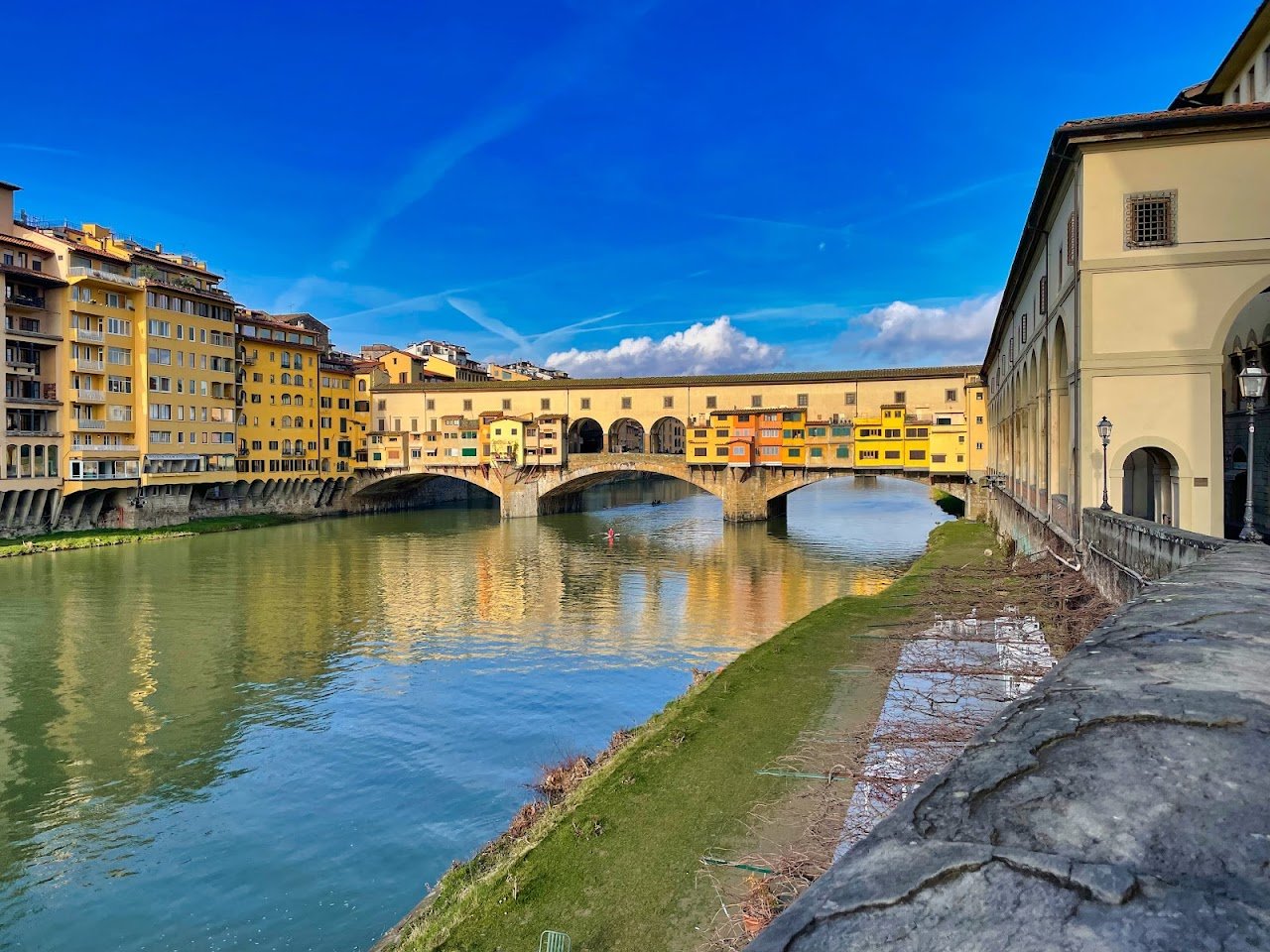

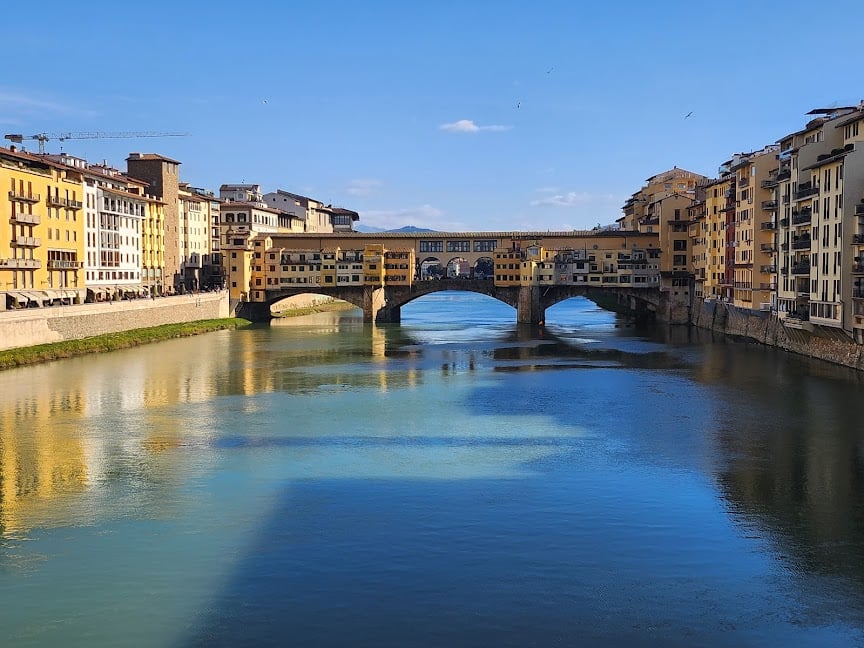
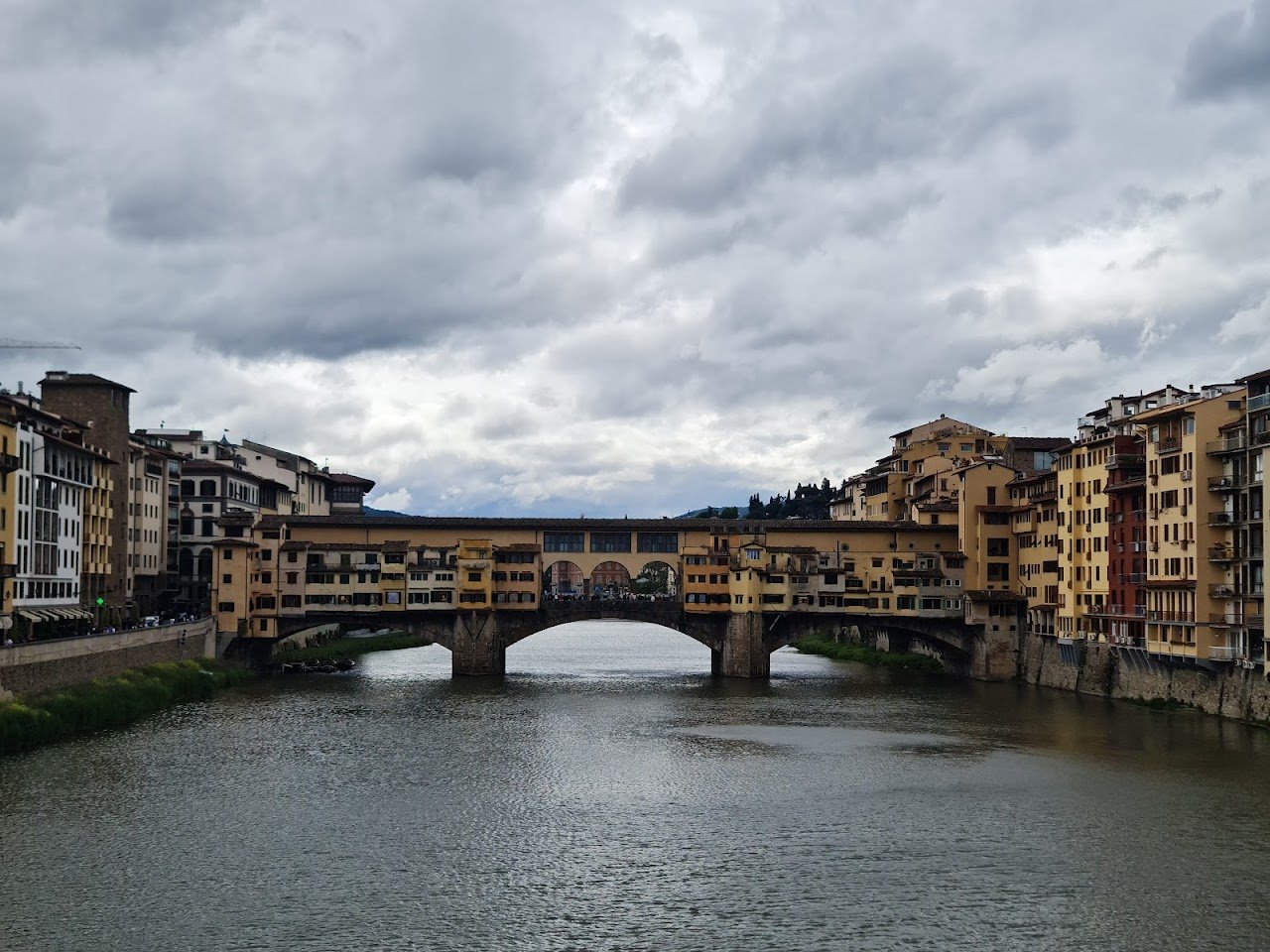
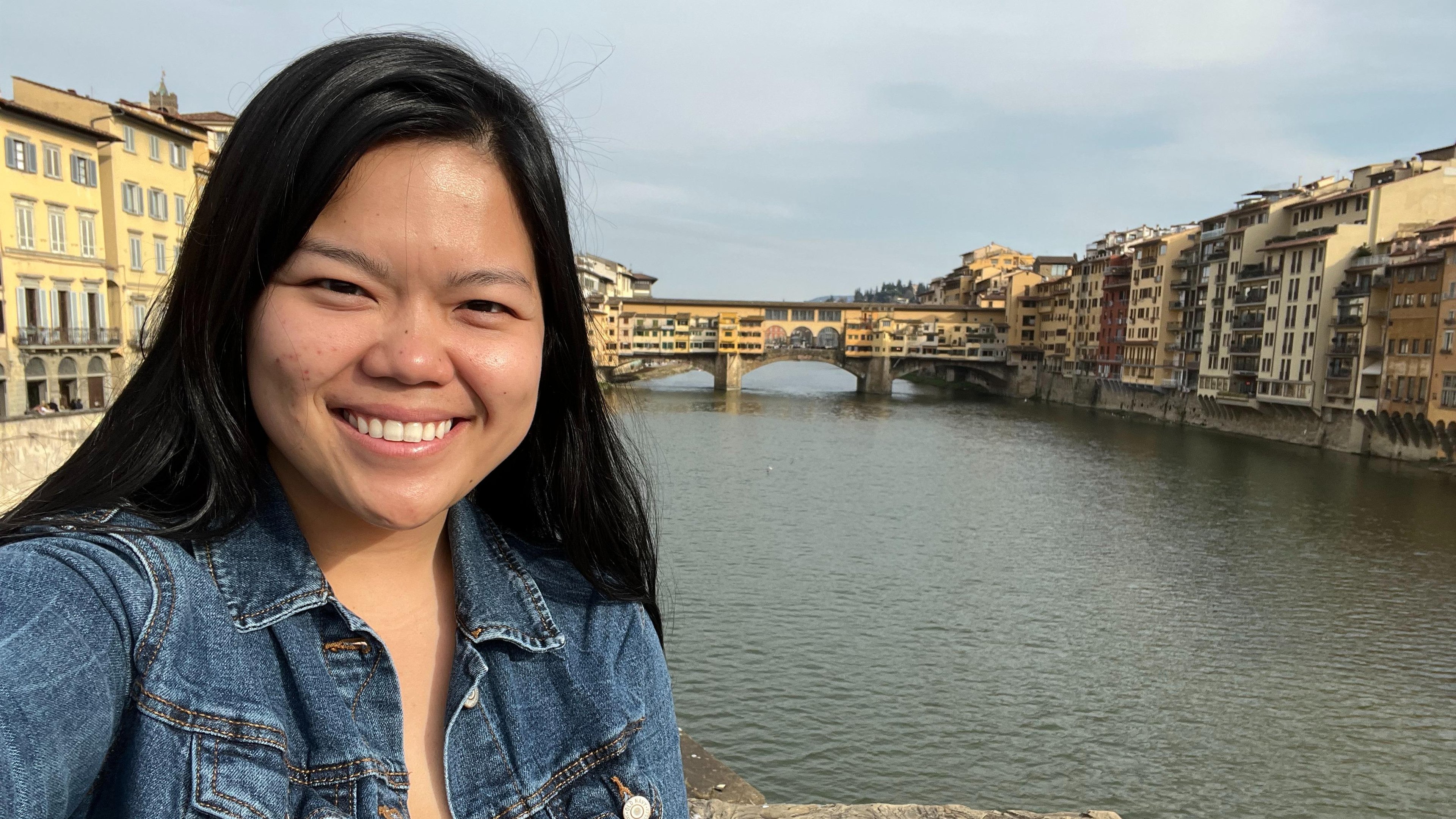
Ask ThatchGPT
Suggest a local expert to plan my trip
Suggest an unique itinerary for my Italy trip
What foods do Italy locals eat
What are some true hidden gems in Italy
Help me brainstorm trip ideas for Italy
Help me plan a family-friendly trip to Italy
What people say
Alex Ayling
Available for hire
"The Ponte Vecchio is a famous bridge located in Florence, Italy. It spans the Arno River and is known for its unique architectural design and historic significance. The bridge is one of the most iconic landmarks in Florence and has a rich history dating back several centuries.
The Ponte Vecchio's origins can be traced back to Roman times when a bridge stood at the same location. However, the current bridge was rebuilt in the 14th century after a flood damaged its predecessor. The bridge we see today was completed in 1345.
What sets the Ponte Vecchio apart from other bridges is its distinctive feature of shops built along its span. Originally, these shops were occupied by butchers, but in the 16th century, they were replaced with goldsmiths and jewelry shops, which still line the bridge today. This unique arrangement gives the Ponte Vecchio a charming and picturesque character.
The bridge offers stunning views of the Arno River and the surrounding cityscape. It is often bustling with tourists, locals, and jewelry enthusiasts browsing the various shops that showcase beautiful craftsmanship and exquisite pieces of jewelry.
Apart from its architectural and commercial significance, the Ponte Vecchio holds historical importance. It is one of the few bridges in Florence that survived the bombings of World War II, making it a symbol of resilience and preservation.
Visiting the Ponte Vecchio is a popular activity for tourists exploring Florence. It is a pedestrian-only bridge, allowing visitors to stroll leisurely and take in the ambiance. The bridge also serves as a picturesque pathway connecting the historic center of Florence with the Oltrarno district, known for its art workshops, charming streets, and artisanal shops.
The Ponte Vecchio's combination of history, architecture, and vibrant atmosphere makes it a must-visit destination in Florence, attracting visitors from around the world who come to admire its beauty and immerse themselves in its storied past.
"
Read more in:
Pedro Pereira
Available for hire
"Bridge over the River Arno, considered the oldest monument in the city of Florence. It is thought that a bridge has existed here since Roman times. The current bridge was rebuilt in 1333, as a result of a major flood that destroyed the previous one. It was built by Neri of Fioravante or Taddeo Gaddi, according to Vasari. In the 16th century, Ferdinand I de' Medici granted goldsmiths the privilege of setting up their shops there, which still exist today. It is likely that the bridge already had shops, as was common since medieval times.
To make the most of the space, these were placed above the deck, supported by wooden pegs. The Vasari Corridor, which connects the Palazzo Vecchio to the Palazzo Pitti, runs over the left wing of shops. In the western half, there is a fountain with a bronze bust by the Florentine sculptor Benvenuto Cellini."
Read more in:
Sibley Slade
Available for hire
"The bridge is lined with shops and residences, a feature that dates back to the 16th century. Originally housing butchers and other merchants, today these shops primarily sell jewelry, art, and souvenirs, making the Ponte Vecchio a charming and picturesque destination. Its iconic design, with three segmental arches and the Vasari Corridor running overhead, adds to its historical and architectural significance, making it one of the most recognizable landmarks in Florence. Prior to WWII there were more bridges in Florence built similarly to the Ponte Vecchio. Unfortunately, all of the others were destroyed during bomb raids. "
Mentioned in these guides
About Ponte Vecchio
Get the inside scoop on Ponte Vecchio from local experts, travel creators, and tastemakers. Browse genuine trip notes, Ponte Vecchio reviews, photos, travel guides, and itineraries from real travelers and plan your trip with confidence.
Save this spot for later or start mapping out a new trip today
Try our AI Travel Assistant and get instant answers to any questions about your trip.
Ask ThatchGPT


